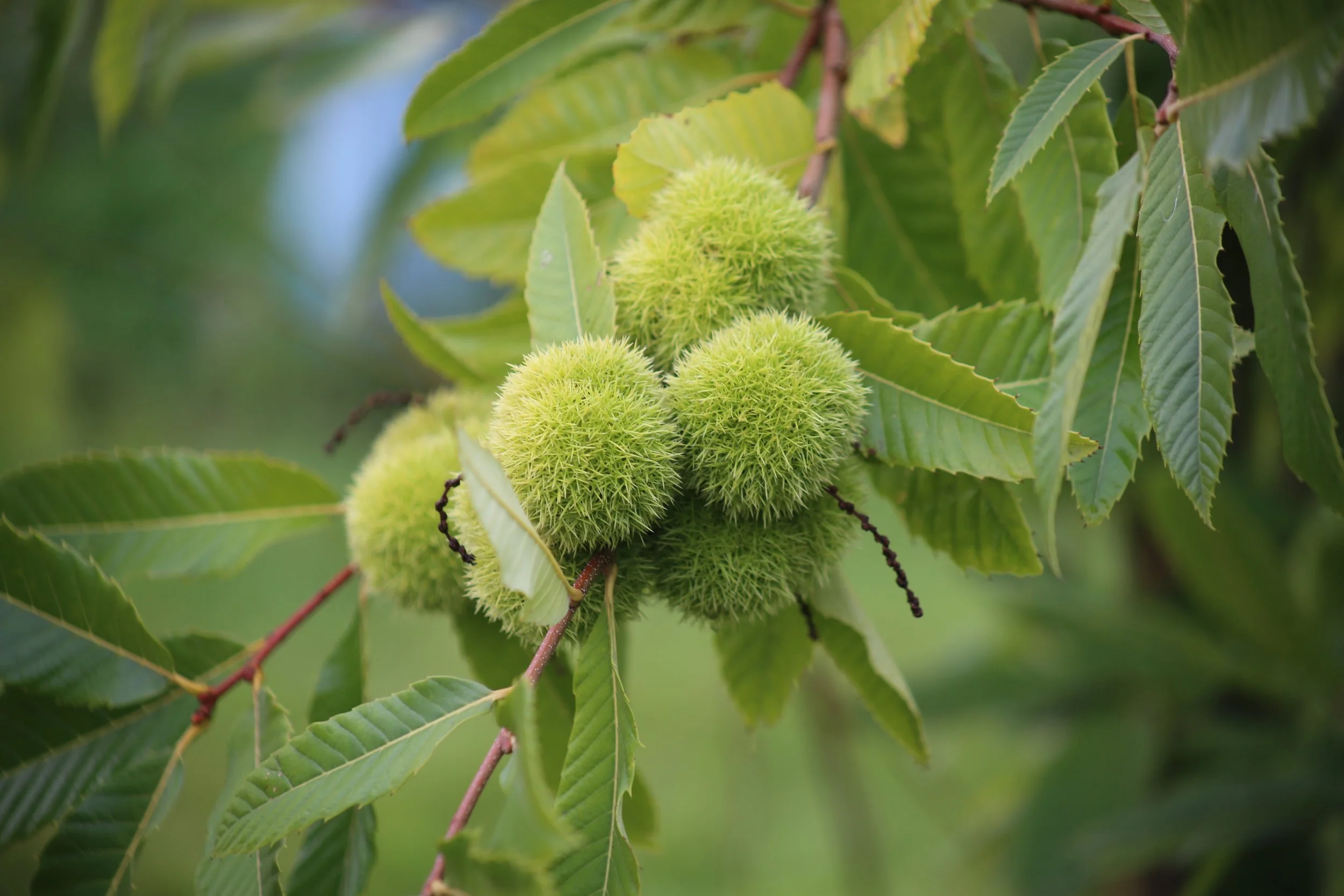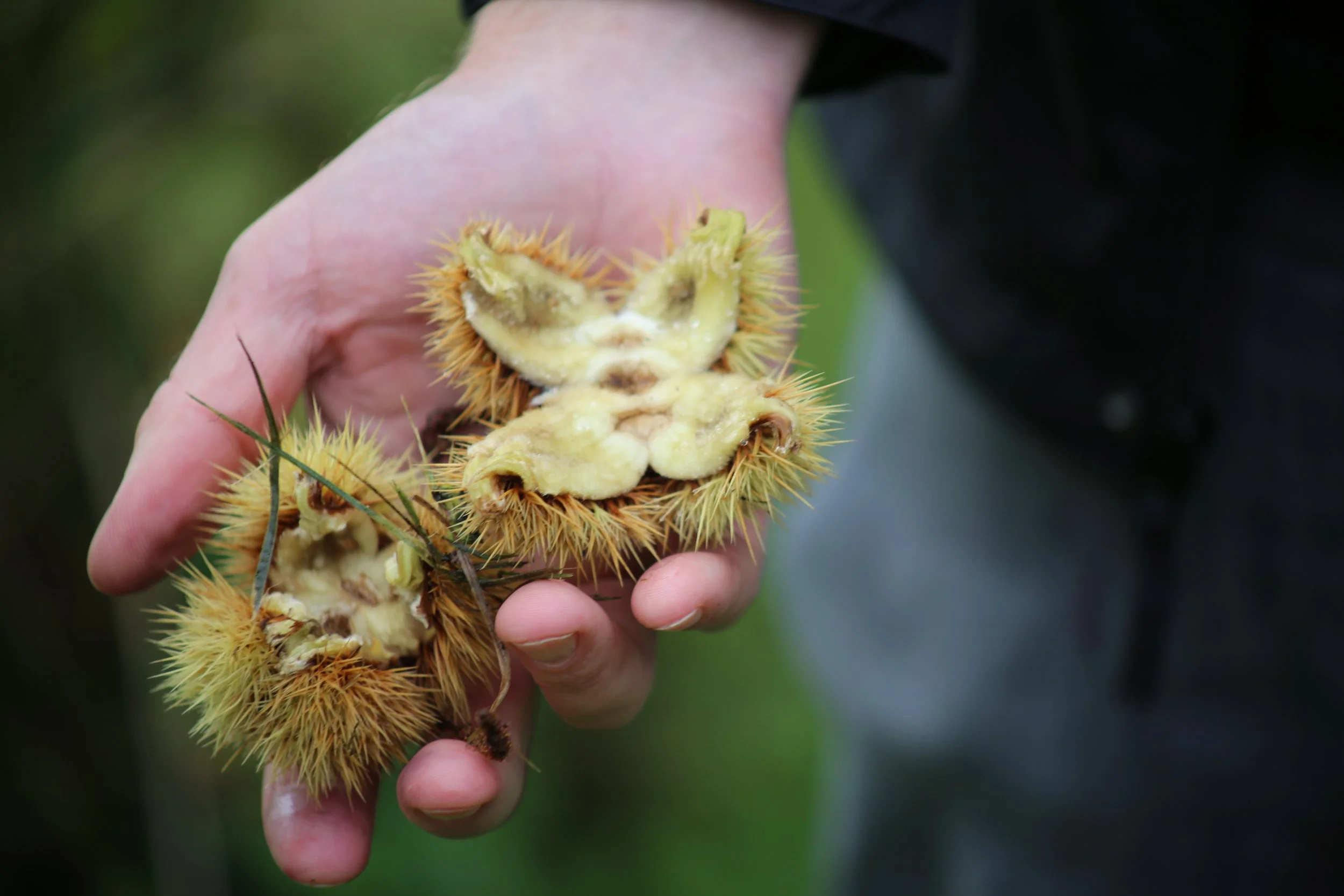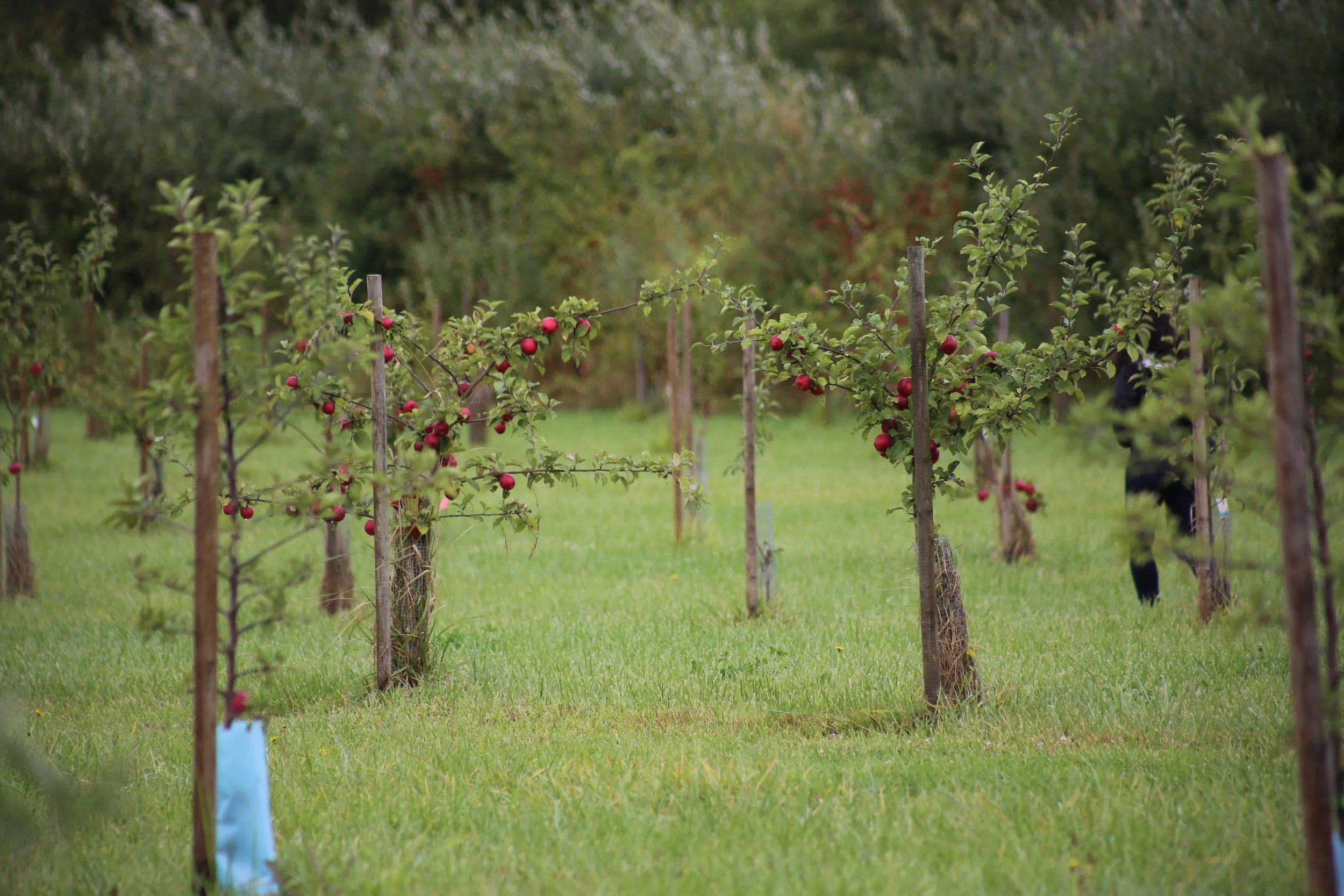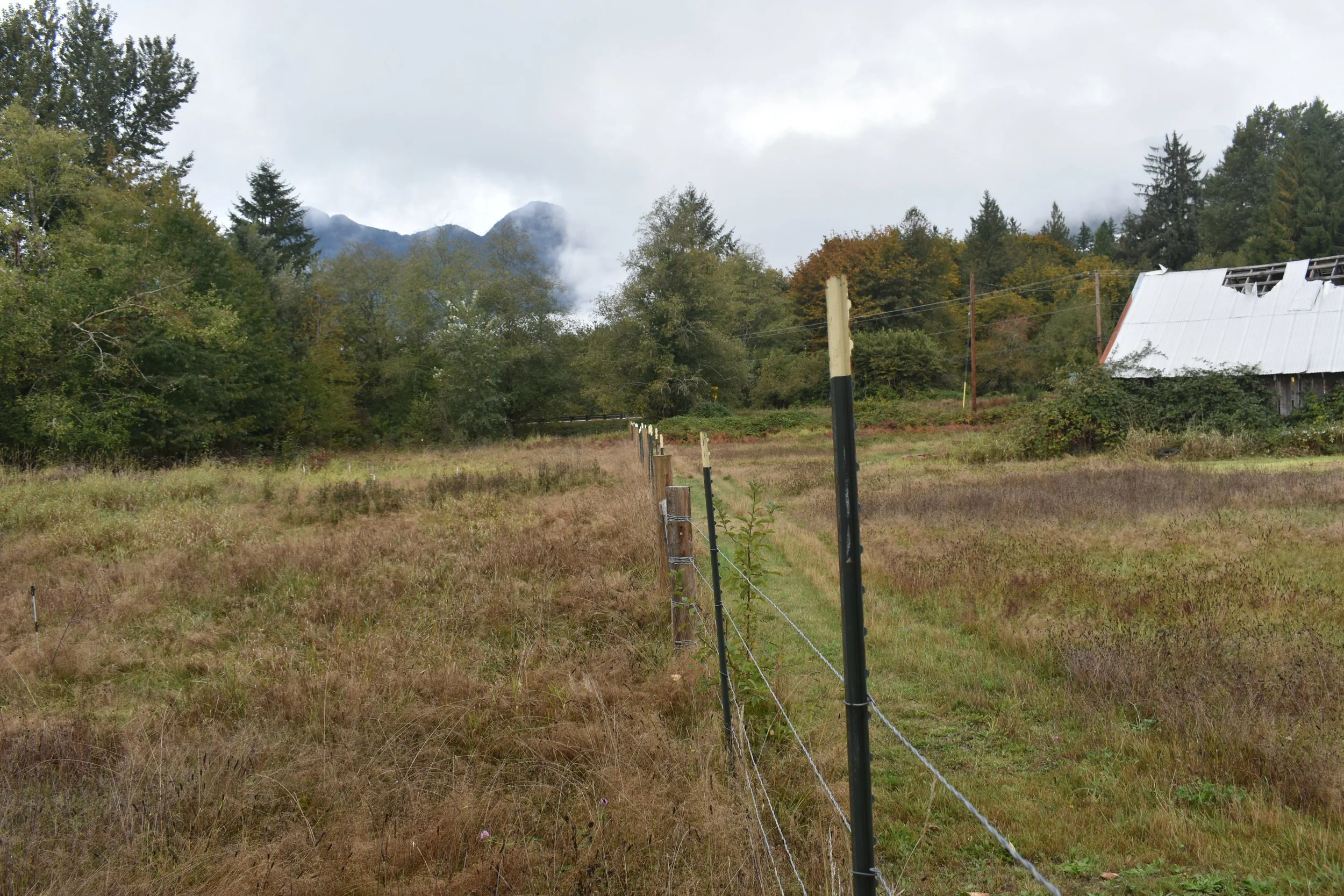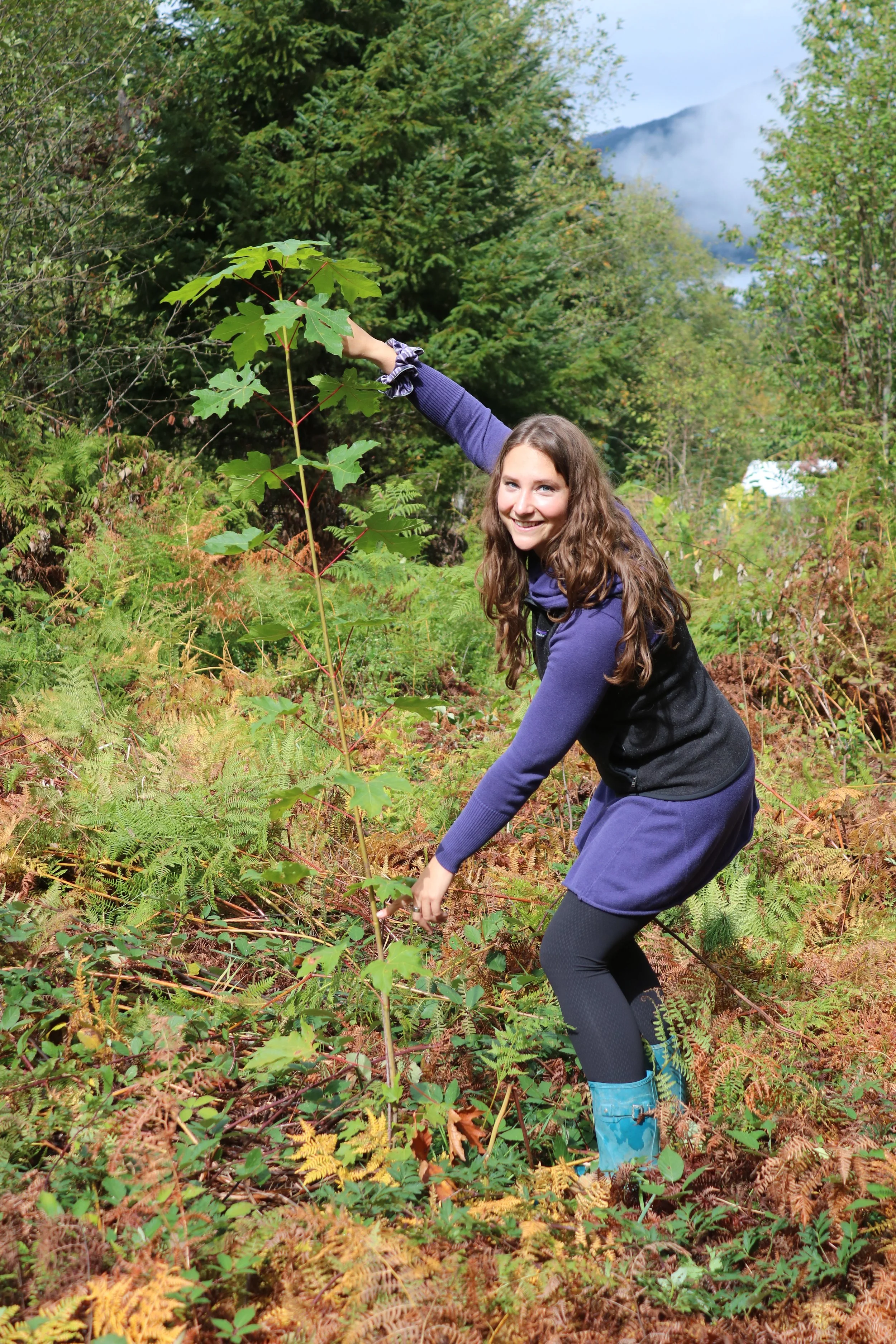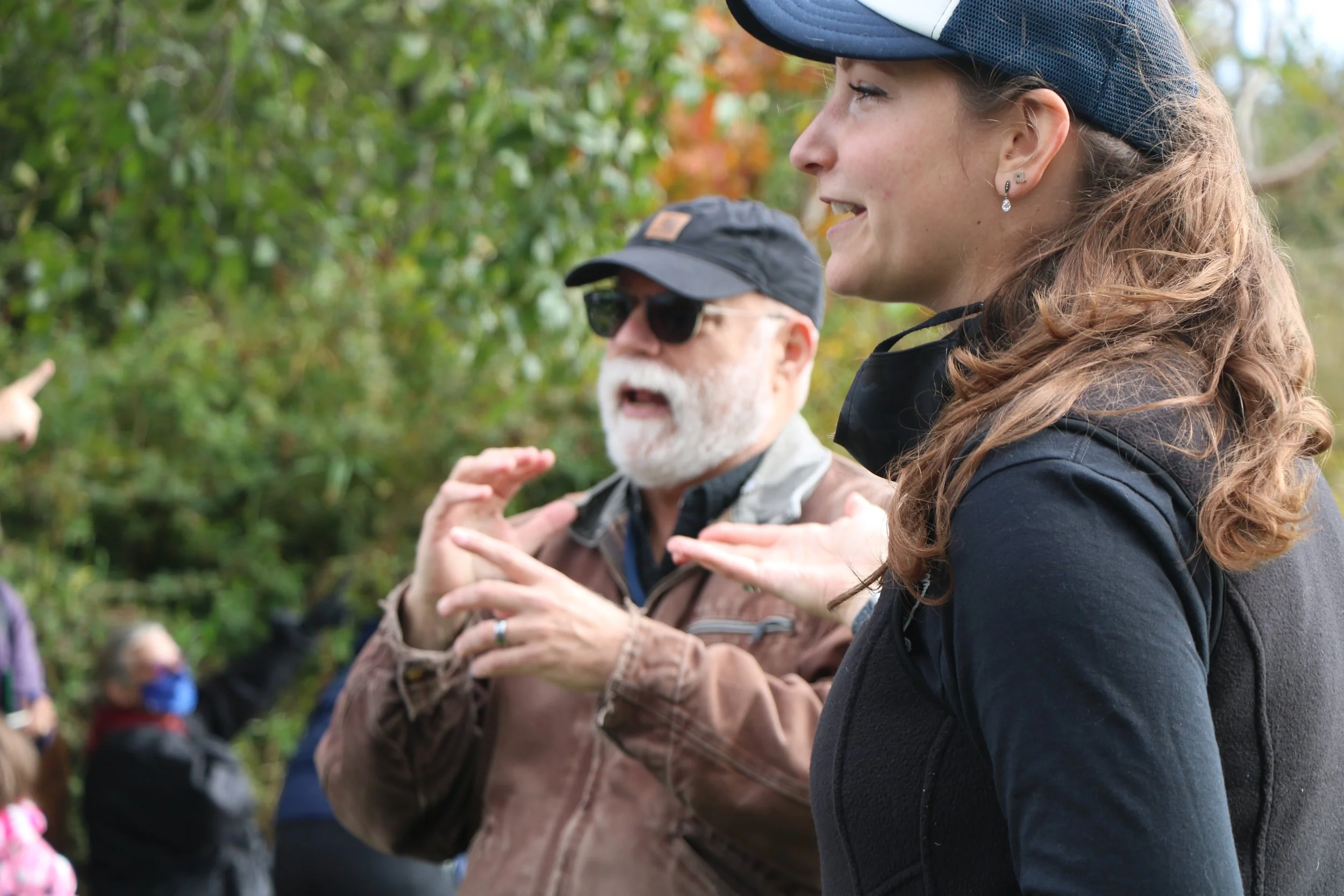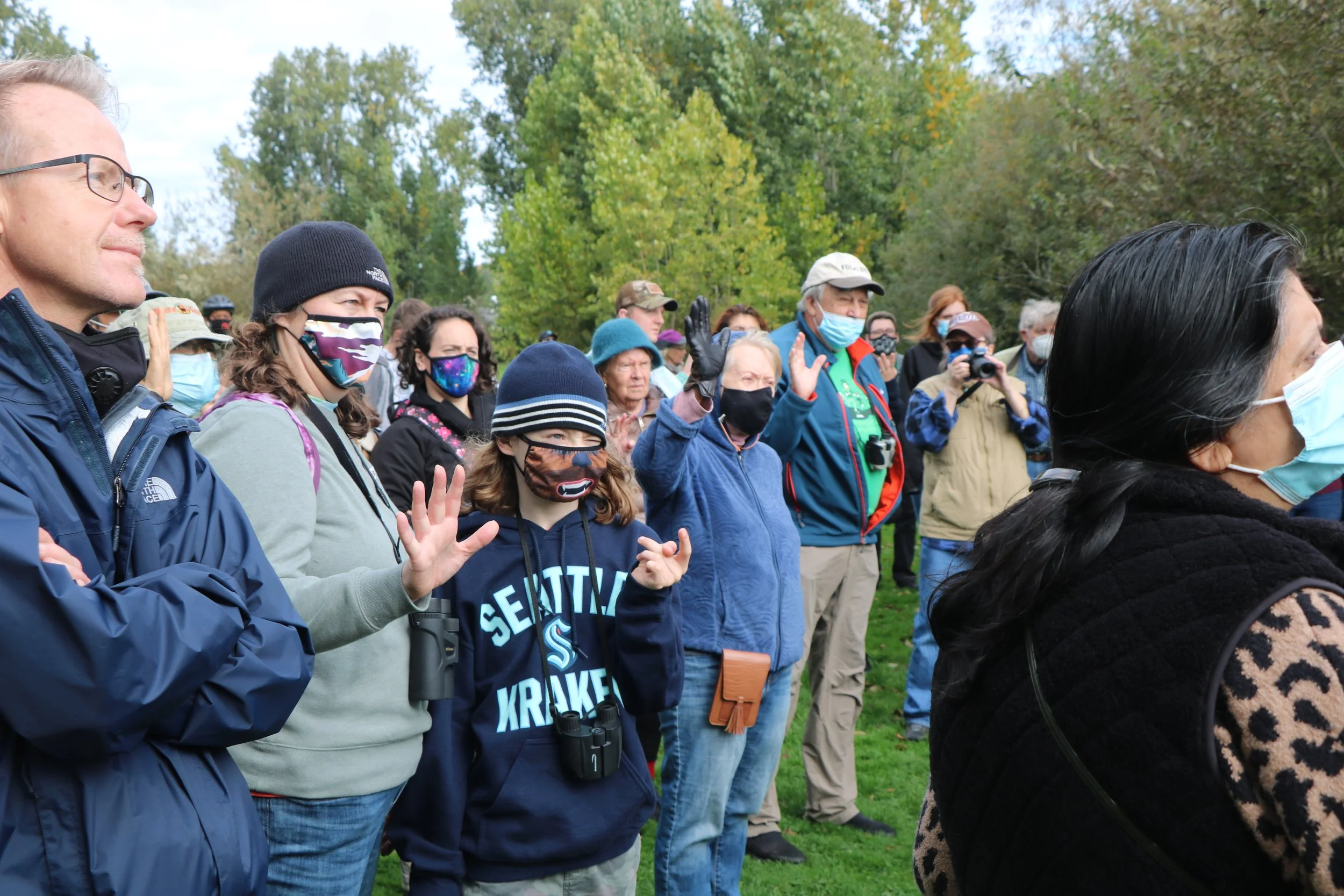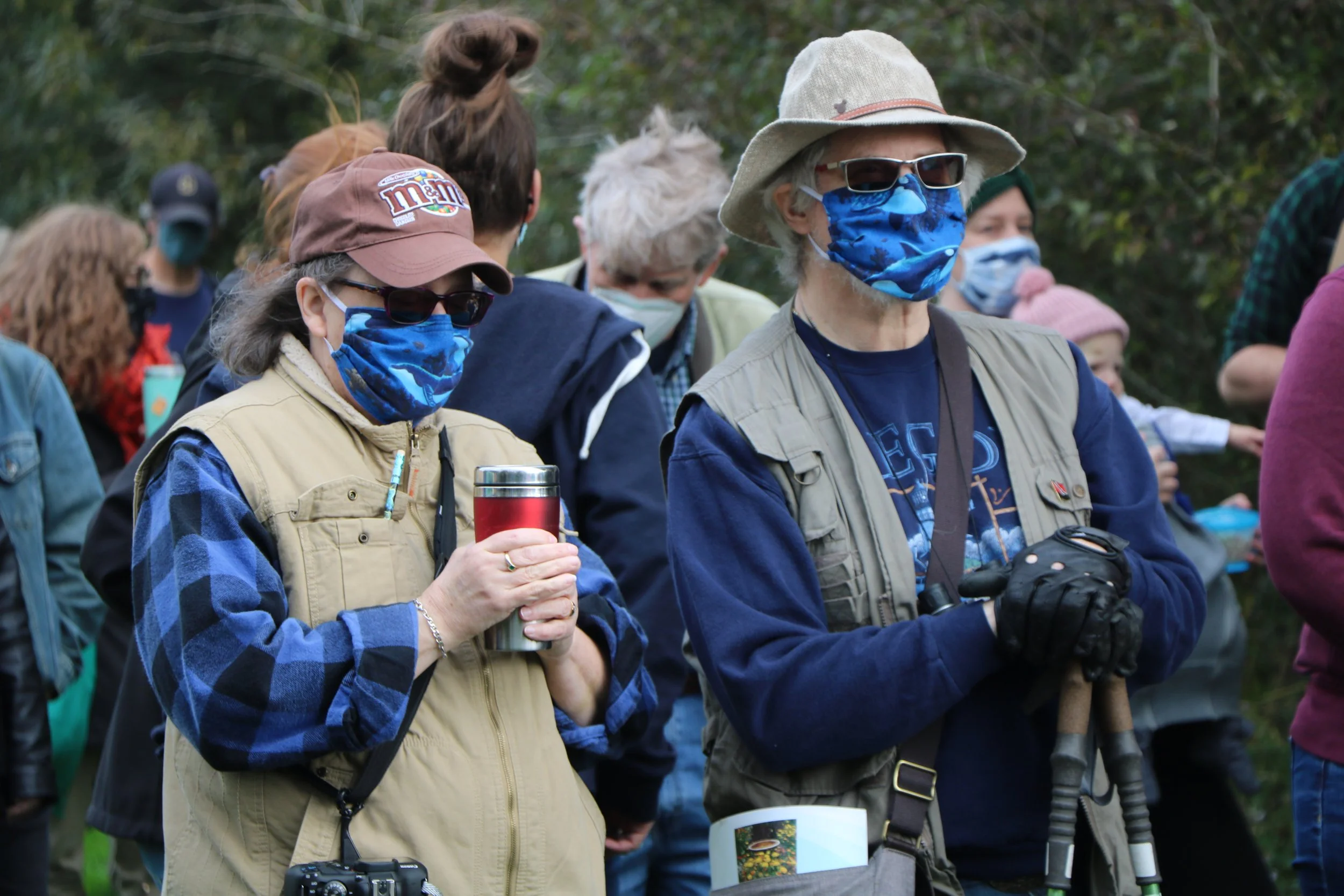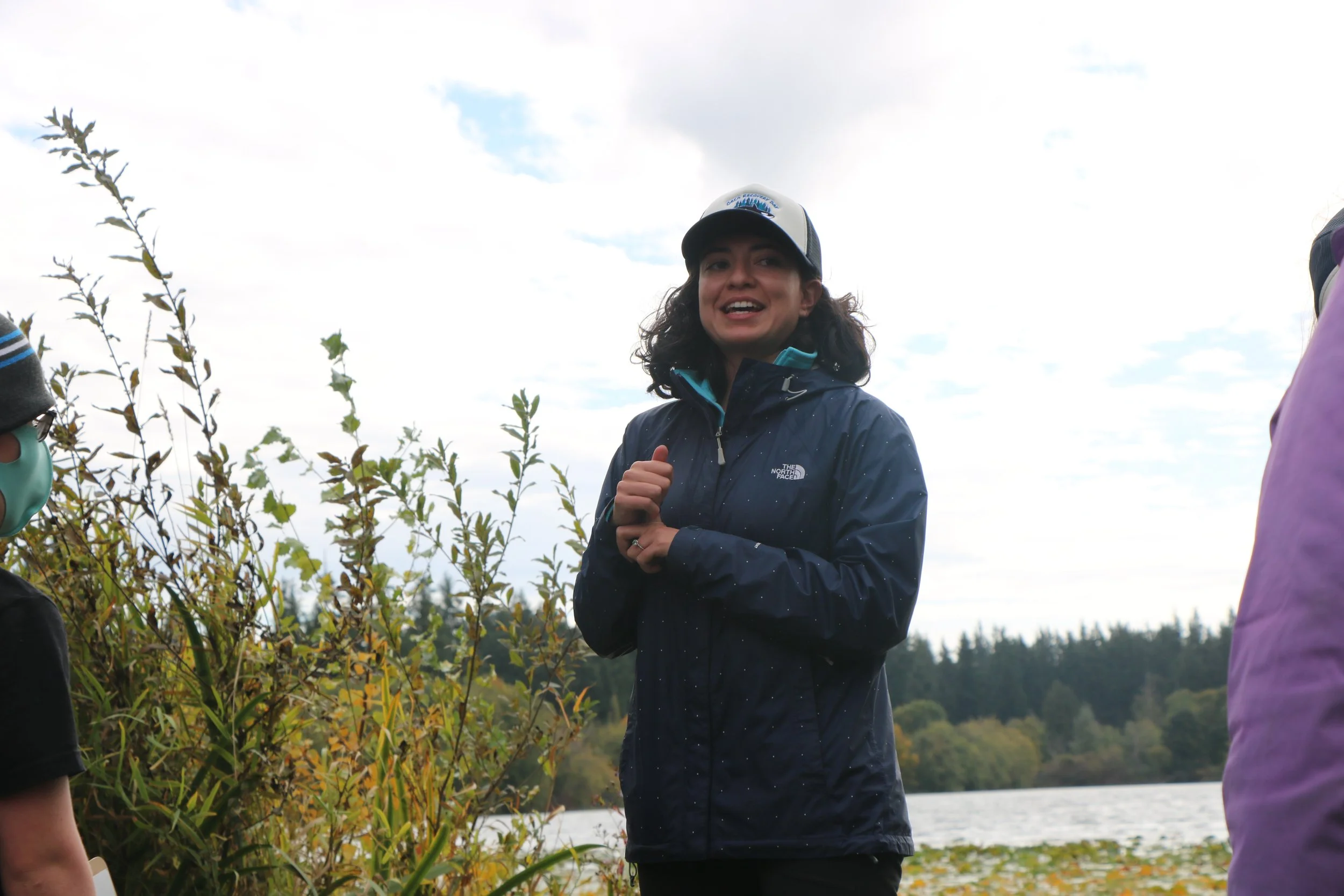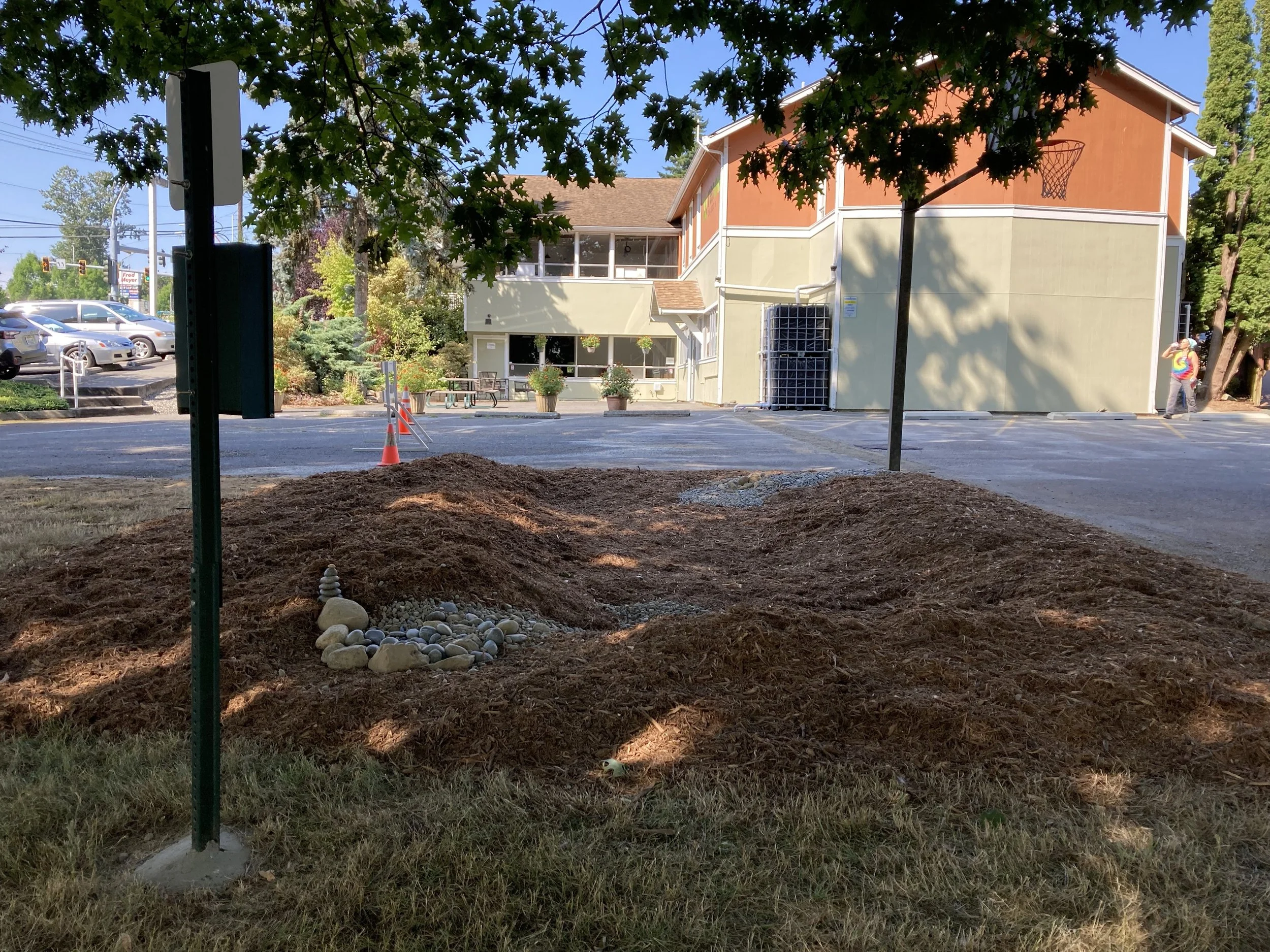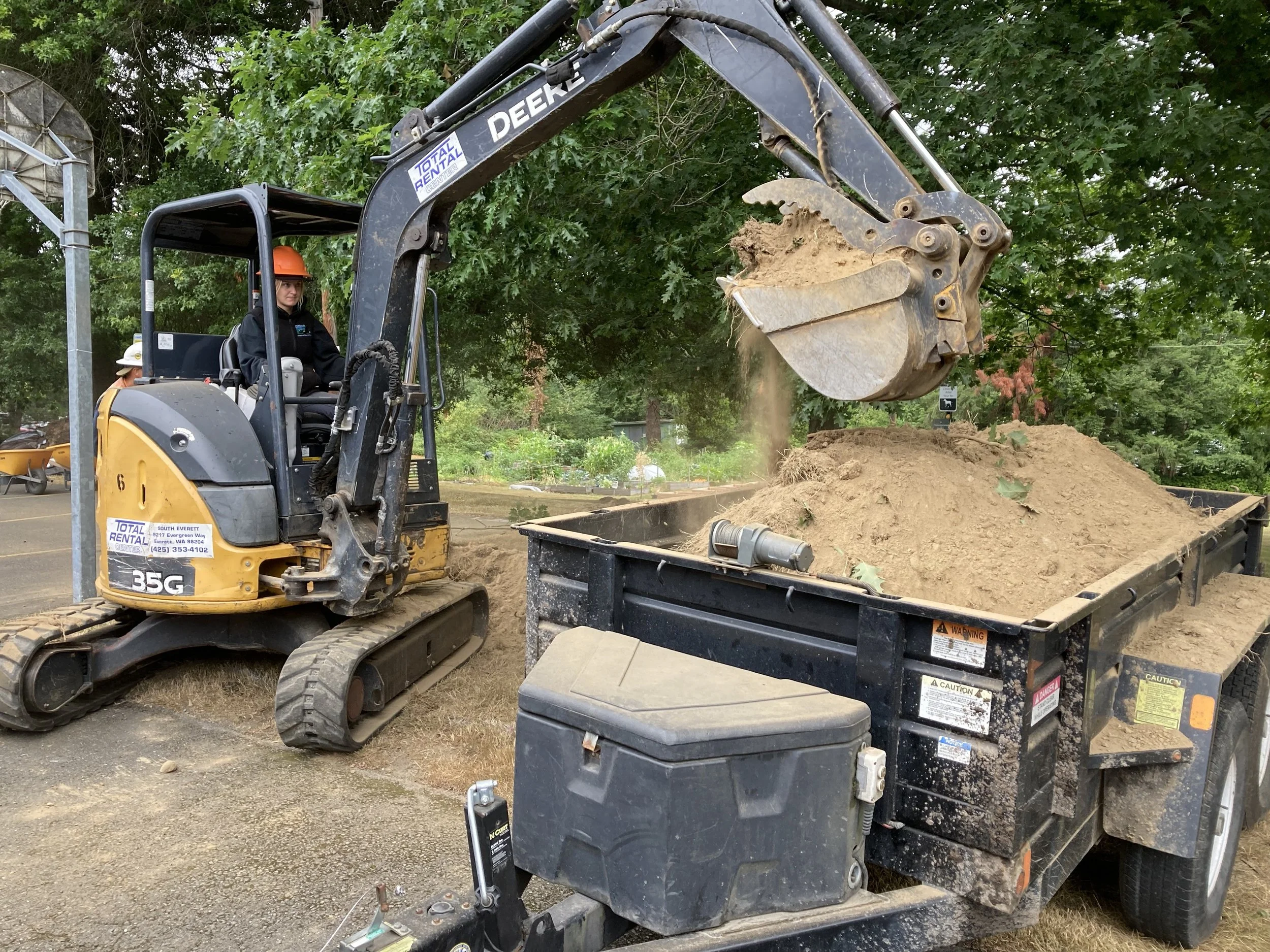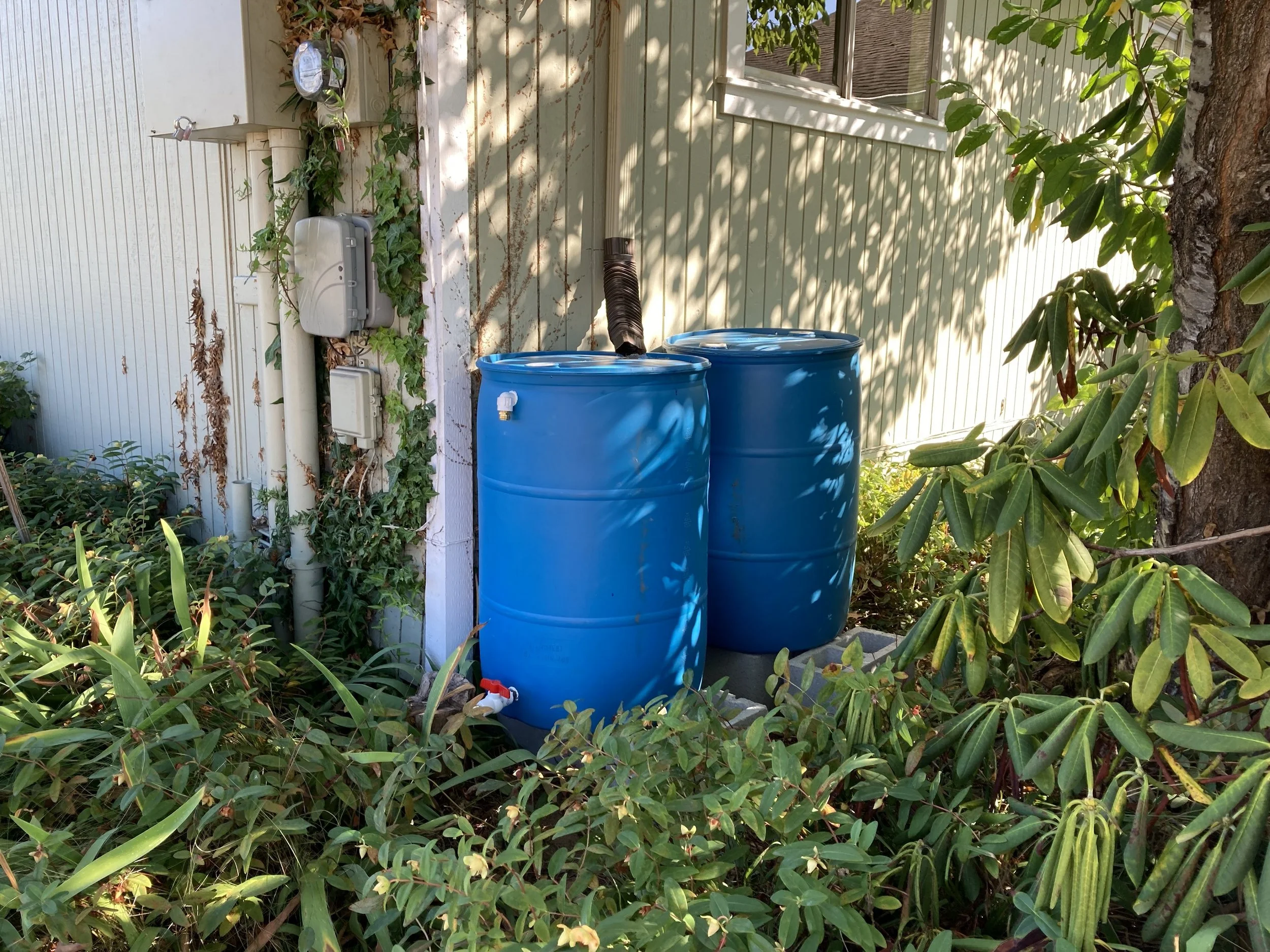The effects of climate change are already here, and our farmers are experiencing them first-hand.
To help prepare our agriculture community for the future impact, we partnered with local farmers to craft the Agriculture Resilience Plan. We celebrated the completion of the plan in 2019, and this year, we moved on to the groundwork.
Bennett LaFond, our new Agriculture and Floodplains Resilience project manager, continued the work with our partners to identify prospective projects and funding sources, and compile them into a package to display to potential funders and legislators. Our partners include technical staff from fish, farm, and flood management organizations. Not only do they represent stakeholders across the county, but their different backgrounds work together to develop collaborative solutions for our floodplain.
On our side of the project package, our team has been working with Drainage District 13 to create a plan that will improve both the habitat and drainage conditions for Swans Trail Slough and the nearby farmland. The stream, which connects to Snohomish River, naturally collects drainage from the uplands. Due to changing weather patterns, the drainage infrastructure must be upgraded to withstand future flooding events.
Swans Trail Slough is also a habitat for salmon, which have been noted to enter the agriculture drainage system. Not only is this harmful for the fish, but it can cause permitting issues for the local farmers. Our team has begun developing plans for a separate agricultural drainage system from a flood storage zone that will double as fish habitat. This solution will not only benefit the salmon population, but it will also make maintenance easier for the farmers. As a conservation district, we look forward to putting our skills at work on this multi-benefit project.
For more information on the project package developed with our partners, as well as the estimated positive impact they will have on the region, you can watch a virtual tour.
Aside from the project package, we began developing project concepts to attenuate peak stormwater flows in Stanwood, a manure pipeline system to reduce nutrient runoff and decrease fuel consumption related to manure management in Silvana, and a series of combined flood protection and fish habitat multi-benefit projects in the Sultan area.
While 2020 was a year in stasis for many of us, it was also a year of careful and strategic planning. Now, it’s time for action. The effects of climate change are already here, and we will continue as a community to preserve, and enhance, our ability to adapt and live sustainably in the Puget Sound region.






